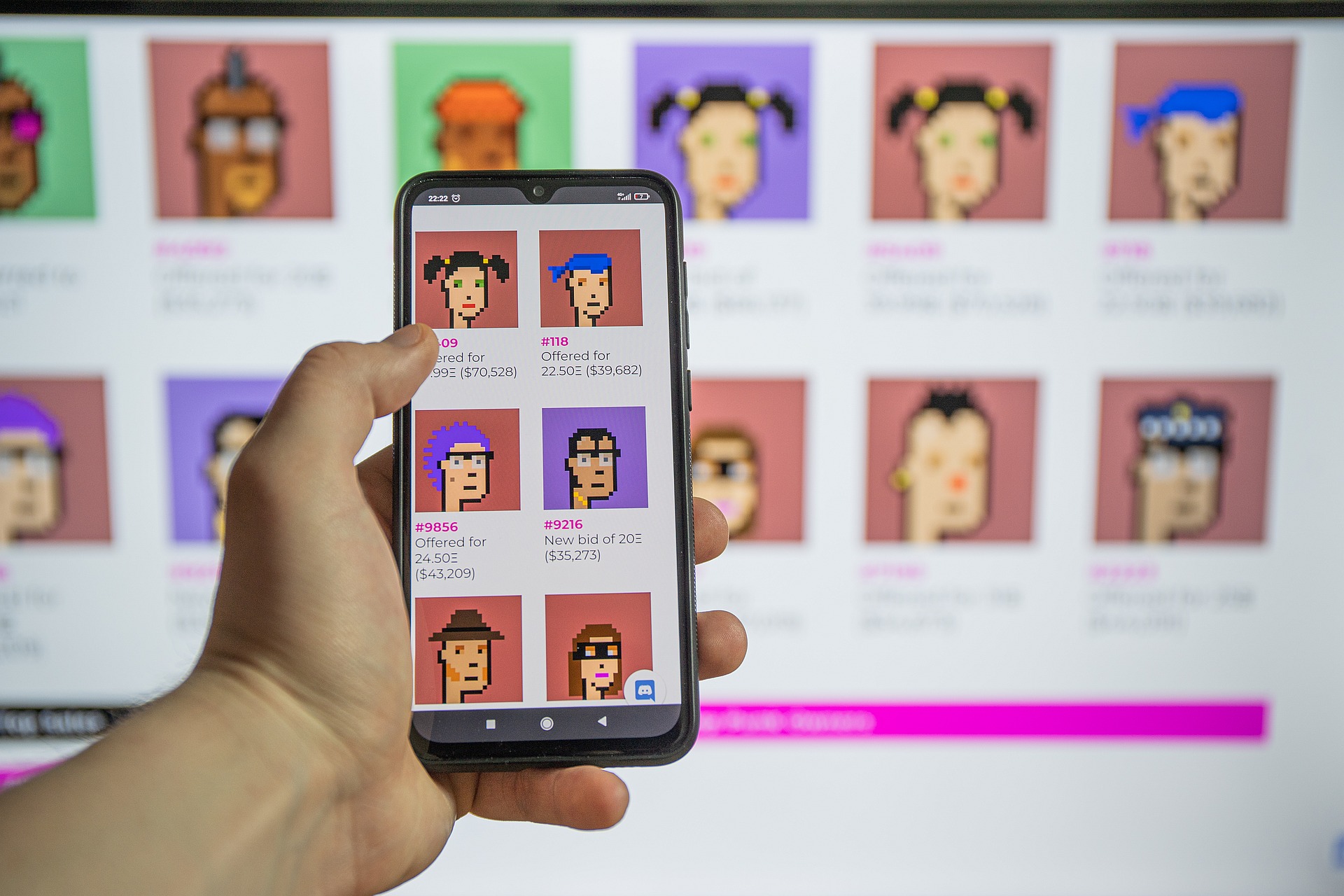What are NFTs?

“NFT” stands for Non-Fungible Token, meaning a digital asset that can't be consumed or replaced.
We define NFT as a unique digital certificate, verified through blockchain, used to register ownership of an asset such as an artwork or collectible. “NFT” stands for Non-Fungible Token, meaning a digital asset that can't be consumed or replaced.
When we say “blockchain” we're talking about technology that allows digital data transfers in a coded and decentralized way, ensuring complete security, where records are kept through a smart contract assigning it a unique number, giving the owner assurance in the face of possible replicas. This record includes owner and creator data, which allows it to preserve copyright where it's due.
In short, an NFT can be a picture, video, audio clip or other kind of digital content of which someone would like to hold possession.
Criticism of NTFs
There's growing unrest among internet users that something that seems to epitomize free speech (for its ability to be replicated and adapted to any message) is affected by this digital asset ownership "culture".
As has been already been mentioned, replicas and versions will continue to exist because that's how the Internet works. Nonetheless, original content will now have "owners" who can be rewarded for said authorship.
In other words, any residence or office can display a framed copy of the Mona Lisa, but the original remains in Paris' Louvre Museum and is subject to copyright.
 This NFT phenomenon is just getting started, and has a long way to go. Being part of a digital architecture, it's been linked to the development of the Metaverse on its different levels.
This NFT phenomenon is just getting started, and has a long way to go. Being part of a digital architecture, it's been linked to the development of the Metaverse on its different levels.






































